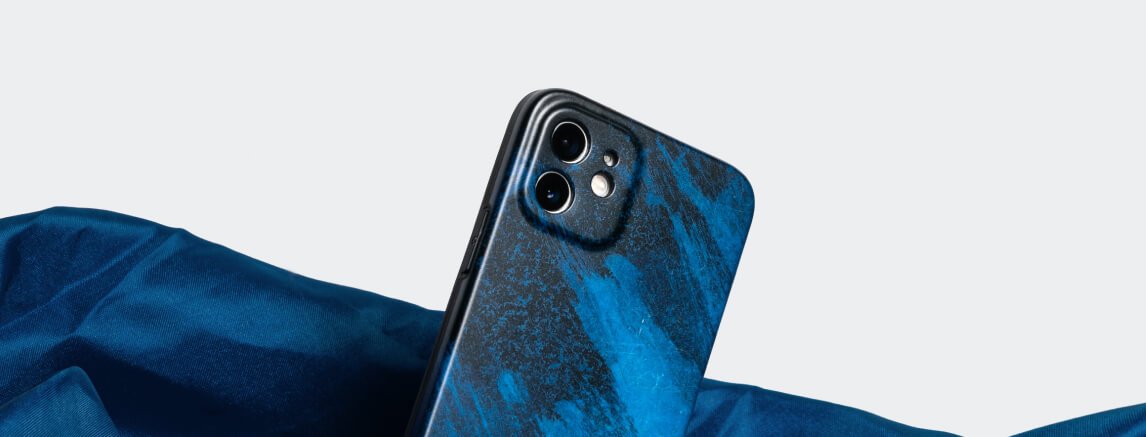How to clean a Leather Couch naturally

In this DIY article I will show you how to clean a leather couch naturally. A leather couch can give your home a regal look. Leather is a premium fabric, and many people invest in it because of its durability. Though it is costlier than most other materials, leather remains a popular choice among people, when it comes to choosing their furniture, car upholstery, clothes and more. To make the most of the material and enjoy its durability, you have to take care of it well. A proper care and maintenance schedule is very important for leather couches and other furniture.
Listed below are some methods by which you can get rid of stains and marks on your leather couch. These methods are non-toxic, and they will not cause any damage to your leather couches. Since these have been tried and tested by many people, you can also resort to these methods with no inhibitions.
Preparing a DIY cleaner solution for leather furniture
Whenever you notice a small dirt mark on the leather couch, you have to immediately wipe it away so that you don’t give it any time to settle on the furniture. Your first instinct would be to wipe the couch with a clean & soft microfiber cloth. However, that is not enough to get rid of all the dirt on the leather fabric. You can follow these easy steps to prepare a quick cleaner for your leather couches.
- Mix equal parts of vinegar and water in a bowl.
- Dip a soft, microfiber cloth in this bowl, and gently rub over the leather couch in circular motions. This will help the dirt to come off easily from the fabric.
- Repeat the process as many times as you want. Keep changing the cloth and the solution frequently, if you notice that the dirt has made their color change.
- Ensure that the cloth should only be damp while rubbing over the leather couch, and it should not be dripping wet. This will cause water to enter the leather, affecting its durability.
Different stains required different cleaning methods. Here are a few simple methods you can try, depending on the type of stains you notice on your furniture.
Removing dark-colored stains
Black or dark-shaded stains can cause an unpleasant, obvious mark on leather couches, especially light-shaded leather furniture, affecting their visual appeal in a big way. These steps can help you to get rid of them.
- Make a paste by mixing equal parts of lemon juice and cream of tartar.
- Apply this paste over the stain marks on the leather couches. Rub it well so that the paste covers all the marks. Let it sit there for about 10 minutes.
- Apply another layer of paste over this one and rub well on the marks.
- Use a damp microfiber cloth, or a damp sponge to wipe away the paste, and you will notice the stains lifting from the leather couches.
Removing water-based stains
These are the easiest to clean on leather couches.
- Moisten the stained area with some water.
- Blow-dry or allow it to air-dry naturally, and the stains would have gone.
- Remember not to place the leather couches under the sun to dry, as the heat can affect the quality and durability of the fabric.
Removing oil-based stains
These are quite difficult to remove with a normal cleaning solution and rag. You need powerful agents for this.
- Sprinkle generous quantities of baking soda, or cornstarch powder.
- Let the powder remain there for about 5 hours. If the stains are very deep, you can leave the powder to remain on them overnight as well.
- Use a soft and clean cloth to wipe away the powder in the morning, and the oil stains would have vanished.
Removing ink stains
Ink stains can spread easily when you rub over them. Blotting the stains is the key trick here.
- Dip a cotton swab in some rubbing alcohol.
- Blot the ink stains gently with this swab. Keep blotting until the stains start to lift gradually.
- Allow the area to air-dry completely to see that the stains have gone.
- For stubborn ink stains that you find on your leather couch, you can try this – apply a thick layer of cuticle remover on the stains. Remember to use only the non-oily and non-gel ones only.
- Let the cuticle remover sit on the stubborn stains throughout the night.
- Use a clean and damp cloth to wipe away this solution in the morning, and you will be happy to see that the stains have completely gone.
Removing mold stains
Due to wear & tear, climatic conditions and other issues, your leather couch may start to develop mold stains. Here is how you can get rid of such stains:
- Make a DIY cleaning solution by mixing equal parts of rubbing alcohol and water.
- Dampen a soft, microfiber cloth in this solution, and gently rub over the stained areas.
- Use a dry cloth and wipe thoroughly to get rid of the alcohol residues. You will notice that this method effectively rids mold and mildew stains.
Removing stains from white leather couches
White and light-shaded leather couches should be treated more carefully than you would treat dark-shaded leather fabric. A small mistake can leave behind an obvious mark on these couches. You can try one of these methods to clean white leather.
First method
- Make a solution by mixing olive oil and vinegar in a ratio of 2:1.
- Pour this solution into a spray bottle.
- Gently spray over the stains on your white leather couches. Let the spray sit there for about 5 minutes.
- Wipe with a soft & clean cloth to get back the shine on your white leather couches.
Second method
- Use a damp cloth to rub over the stained area on the white leather couch.
- Apply some toothpaste over the stain marks. Remember to use the non-gel ones only.
- Use a soft-bristled toothbrush to rub the paste nicely over the stain marks. Scrub well.
- Use a clean and damp cloth to wipe away the toothpaste marks. Now, remember to dry the couch well with a soft towel or microfiber cloth.
Once you have used these methods, your leather couches become stain-free. It is recommended to use a conditioning solution to maintain the shine of the fabric for a long time.
